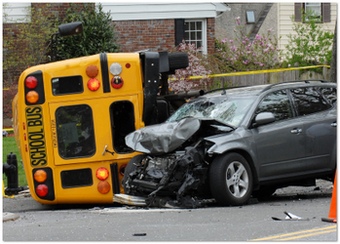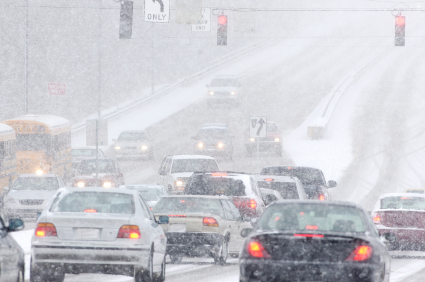
Did You Know There Are Several Distinct Coverages in an Auto Policy?
Auto insurance is a product with a few distinct coverages.
Let’s look at them briefly here:
1. Bodily Injury Liability (Mandatory)- This pays the medical and other expenses of those people injured or even killed in accidents you cause. In Ontario, you are required to have a minimum coverage of $200,000.
2. Property Damage Liability (Mandatory)- This covers the damage your car causes to property such as garages, buildings, lampposts, fences, whatever. This is also mandatory in Ontario, with a minimum required coverage of $200,000.
3. “Accident Benefits” (Medical Payments, etc.) (Mandatory) – This pays medical, and even funeral, expenses for you as well as members of your family and passengers in your car if it is involved in a collision, regardless of who caused the accident. It also covers you as a pedestrian if a vehicle hits you.
*TIP: This very complex section of the Ontario Automobile Policy changed as of September 2011 – Ask your MIB broker about the differences, and find out if you need to increase your coverages to the “old standards”.
4. Direct Compensation – Property Damage (Mandatory) – Under certain conditions, covers you in Ontario for damage to your automobile and to property it is carrying when another motorist is responsible.
* Why is it called “Direct Compensation”? Because you’re directly compensated by your own insurance company – even though another party is fully or partially responsible – This saves you the expense and trouble of having to sue the other party and wait a long time to get your car fixed.
5. Uninsured Automobile (Mandatory) – This coverage protects you if you are injured or killed by an UNinsured motorist or by a hit-and-run driver. It also covers damage to your automobile caused by an identified uninsured motorist . (By the way, that’s an over-simplified summary of a very complex part of the Ontario Auto Policy).
* Fines for vehicle owners, lessees and drivers who do not carry valid automobile insurance can range from $5,000 to $50,000 …. And still, there are lots of people out there driving WITHOUT insurance. One report estimates that 1 in every 20 Ontario drivers is driving WITHOUT insurance.
6. Comprehensive – This OPTIONAL but highly recommended coverage includes protection against certain “specified perils” (^ ^see below.) as well as other insured damage to your car resulting from something other than a collision with another vehicle (See “Collision” below). For example, the Comprehensive coverage will pay for damage caused by vandals or a wind-blown tree hitting your car.
7. Collision – This OPTIONAL but highly recommended coverage is for damage done to your car when it collides with other vehicles (your fault) or other objects (again, your fault).
It also covers damage to your vehicle caused by an unidentified vehicle or object. For example: you park in the parking lot of the convenience store and go in to buy something …. When you come out of the store, you notice that your car has been hit and damage by another car … but the other driver took off and no one saw him or her. In this case, your policy would cover damage to your car IF you have this OPTIONAL coverage.
In Ontario, instead of buying the Collision and Comprehensive coverages separately, you can get the “All Perils” option.
What is it?
All Perils (OPTIONAL) -this option combines the coverages of Collision or Upset and Comprehensive.
In addition, this coverage (All Perils) includes loss or damage caused if a person who lives in your household steals a described automobile. Coverage also applies if an employee who drives or uses, services or repairs a described automobile, steals it.
In Ontario we also pay for an important type of protection called “Family Protection Coverage” (OPCF 44R) – Some find the name (Family Protection Coverage) misleading or confusing. Let’s clarify briefly what this coverage does for you:
You see, many of those who do have insurance don’t have enough to cover the damages and injuries that would result in a major collision.
What if YOU getting into accident with someone who doesn’t have ENOUGH insurance for the damages they cause to you?
If you don’t have this coverage, which is often referred to as Under-Insured motorist, you are taking a risk.
If you do have this coverage, your insurance company will pay (or as they say: “indemnify an eligible claimant”) for the amount that you are legally entitled to recover from an inadequately insured motorist as compensatory damages in respect of bodily injury to or death of an insured person arising directly or indirectly from the use or operation of an automobile.


